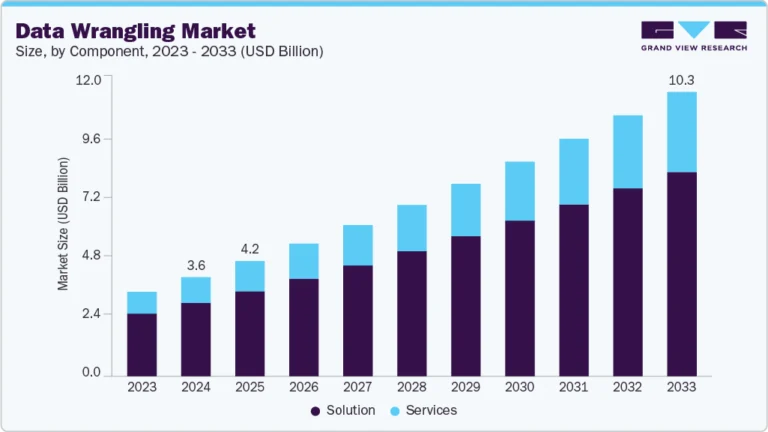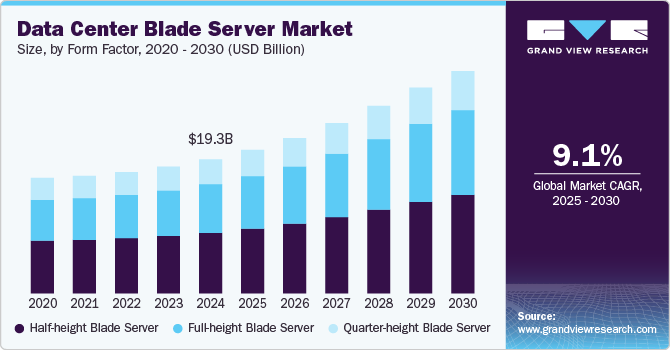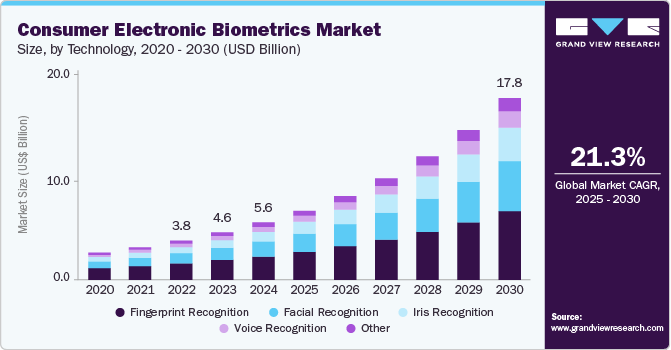Interactive Display Market Size, Share & Trends Analysis growing rate (CAGR) of 7.8% from 2023 to 2030

The global interactive display market size was valued at USD 41.45 billion in 2022 and is estimated to grow at a compound annual growth rate (CAGR) of 7.8% from 2023 to 2030. The study comprises interactive kiosk, video walls, table, monitors, and whiteboard. The interactive or touchscreen display is a display unit that accepts user commands with the help of a finger or stylus in place of peripheral devices, such as a mouse or keyboard. Additionally, these displays include screens that project information, such as texts, images, and videos. These display screens are used in various industries, such as retail, healthcare, hospitality, and education. The market is expected to witness significant growth in the coming years, primarily owing to increasing demand for digital classrooms as well as growing adoption of these displays, such as video walls and tables. These video walls and tables are used at transit spaces/public transportation, such as railway stations and airports.
Request a free sample copy or view report summary: https://www.grandviewresearch.com/industry-analysis/interactive-display-market/request/rs1
Rapidly increasing adoption of touchscreen tables as well as video walls in the hospitality and corporate sectors is expected to drive the market during the forecast period. The touchscreen table acts as a menu board to indicate the waiting time of the orders taken from the customer, along with prices and ingredients. Furthermore, the use of touchscreen tables in corporate meetings has been observed to provide a better experience for the clients as well as employees. The use of such technology in offices allows better engagement between employees, management, and clients.
Digitalization in the education sector involving the use of new technologies, such as smartphones, tablets, laptops, and touchscreen whiteboards and tables, projectors, and kiosks in classrooms, increases student engagement and makes the learning process more reciprocal, resulting in increased learning retention levels. Moreover, these displays help in maintaining a convenient communication environment that encourages group learning, participation, and creativity in the classroom, along with feedback not only between teachers and students but also among the students themselves. Besides, these display technologies permit teachers to include media, games, audio clips, and video clips in their lessons. In the past few years, student preferences have been witnessing a paradigm shift towards digital learning as it allows them to learn through relevant digital content.
Furthermore, factors such as internet penetration and changing preferences towards technology have positively influenced the adoption of touch display technologies. Additionally, the rising emphasis on gamification in the education system has boosted market growth. Gamification is considered to be an influential tool, which improves the medium of delivering lectures by incorporating lessons in the form of games and helps to develop cognitive skills and effective interaction in classrooms. Moreover, it enables the integration of 3D characters and game mechanics into effective courseware to make the learning process more reciprocal for students.
COVID-19 Impact on the Interactive display market
The COVID-19 pandemic has had a significant impact on the interactive display industry, both in the short and long term. With the shift to remote work, remote learning, and virtual meetings, the demand for interactive displays has increased as they offer an immersive and engaging way to communicate and collaborate from a distance. In the short term, the pandemic caused significant disruptions in the supply chain, which in turn led to production delays and increased costs for interactive display manufacturers. With the global spread of the pandemic, many countries implemented lockdowns and restrictions on movement, which had a significant impact on global trade and transportation. This, coupled with the closure of factories and warehouses, led to supply chain disruptions, causing delays in the delivery of raw materials and components necessary for the production of interactive displays. As a result, manufacturers were forced to either delay production or source materials at a higher cost, which ultimately increased the cost of these displays for consumers.






